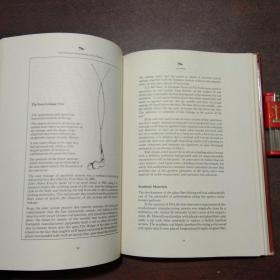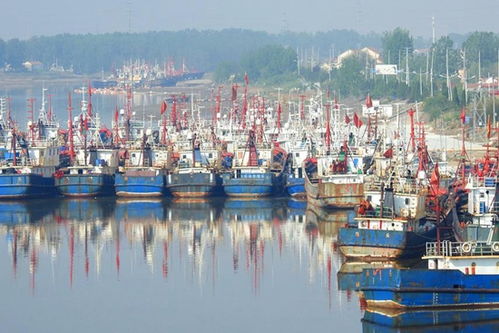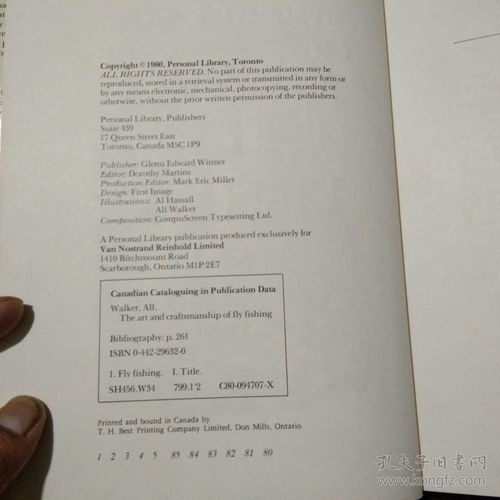As the autumn leaves begin to fall and the air turns crisp, the allure of fishing often diminishes due to the cold weather. However, with the right techniques and mindset, you can still enjoy a successful day on the water even when the temperature drops. Here are some essential tips to help you master the art of fishing in cold weather.
Choose the Right Time of Day
Cold weather can make fish more sluggish, so it's crucial to choose the right time to fish. Early morning or late afternoon are typically the best times, as these periods offer the warmest water temperatures and the most active fish. The sun's rays can help warm the water, making it more inviting for fish.
Select the Right Gear

When the weather turns cold, your gear needs to be up to the challenge. Here are some key pieces of equipment to consider:
- Warm Clothing: Dress in layers to keep your body temperature regulated. Base layers, insulating layers, and a waterproof outer layer are essential. Don't forget a hat, gloves, and a warm jacket.
- Fishing Rod and Reel: Opt for a rod that is slightly heavier than you would use in warmer weather. This will help you cast more effectively in the wind and keep your line tight.
- Line: Use a heavier line to ensure that your bait or lure reaches the bottom more quickly and to prevent it from breaking under the additional weight of cold water.
- Bait or Lure: In cold weather, fish are less likely to move around much, so it's important to use bait or lures that mimic natural prey and are easy to spot in the water.
Fish in Warmer Waters
Cold water holds less oxygen, which can make fish less active. Look for areas with warmer water, such as springs, currents, or deeper holes in the river. These spots can be hotspots for fish during the colder months.
Use Live Bait
Live bait can be more effective in cold weather because it's more likely to move and mimic natural prey. Options like worms, minnows, or leeches can be particularly productive.
Adjust Your Presentation
In cold weather, fish are less likely to chase after your bait or lure. Instead, focus on presenting it in a way that encourages them to take the bait. Here are some techniques to try:
- Slow and Steady: Move your bait or lure at a slower pace than you would in warmer weather. This mimicry of natural prey movement can be more appealing to fish.
- Trolling: Trolling can be an effective method in cold weather, as it allows you to cover more water and find fish that are less active.
- Jigging: Jigging can be particularly effective in cold water, as it allows you to work the bait at different depths and entice fish that are holding close to the bottom.
Be Patient and Persistent
Cold weather fishing can be challenging, and it's easy to get discouraged if you're not catching fish right away. Be patient and persistent. Remember that fish are more likely to be active during certain times of the day, and they may be harder to spot in the colder water.
Stay Warm and Comfortable
Even with the right gear, staying warm and comfortable is essential for a successful cold weather fishing trip. Take breaks to warm up, bring a thermos with a hot drink, and keep your hands and feet warm with insulated gloves and boots.
Conclusion
Fishing in cold weather can be a rewarding experience, but it requires a different set of skills and strategies. By choosing the right time of day, selecting the appropriate gear, targeting warmer waters, and adjusting your presentation, you can increase your chances of success. Remember to stay warm and patient, and you'll be well on your way to mastering the art of fishing in cold weather. Happy fishing!












